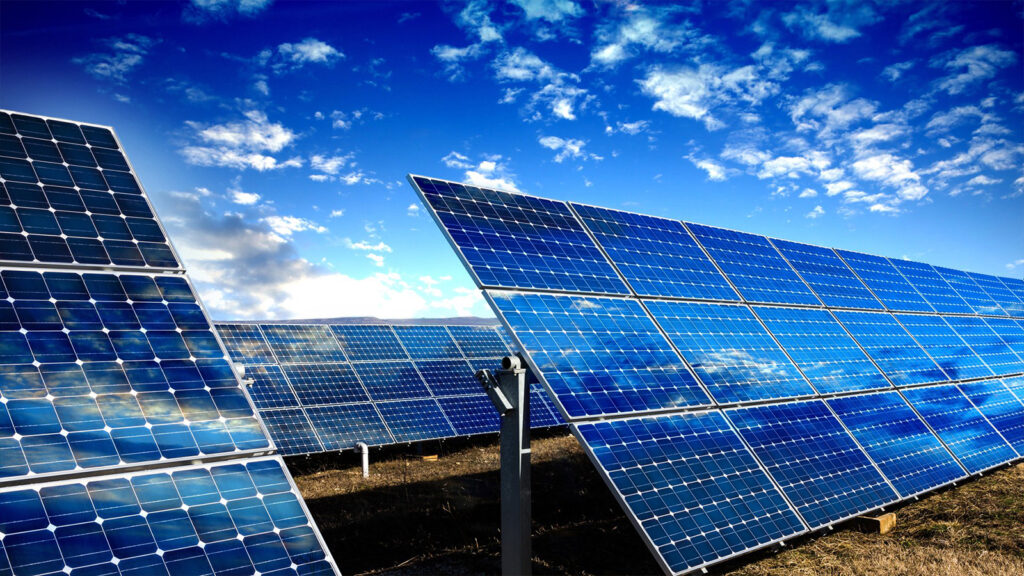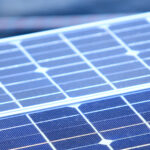Photovoltaic power generation is a technological means of green and low-carbon living. Photovoltaic system is composed of a series of devices such as photovoltaic panels, cables, and inverters, which are susceptible to various factors, especially natural factors. This paper discusses some measures to cope with natural factors.
1. Power plant project site selection is very important
Every rainy season, many areas of heavy rainfall and flooding than the chances of occurrence. According to statistics, once the photovoltaic power plant in these areas suffer from water blisters, in addition to some photovoltaic modules can be salvaged, electrical equipment is basically scrapped. Therefore, the power plant project site inspection and selection is very important. In the power station site selection, need to take into account the administrative requirements of photovoltaic power generation site selection, sunshine resources and other climatic conditions, geography and address situation, hydrological conditions, atmospheric quality, transportation conditions and power transmission conditions. Most importantly, the power plant site should try to avoid hurricanes, tornadoes, earthquake-prone areas and flooding areas.
In terms of hydrological conditions, multiple considerations should be given to the maximum short-term precipitation rainfall, water depth, flood levels, drainage conditions, etc. These factors will directly affect the bracket system of the PV system, the design of the bracket foundation and the installation height of electrical equipment. At the same time, the roof project should fully consider the roof loading capacity.
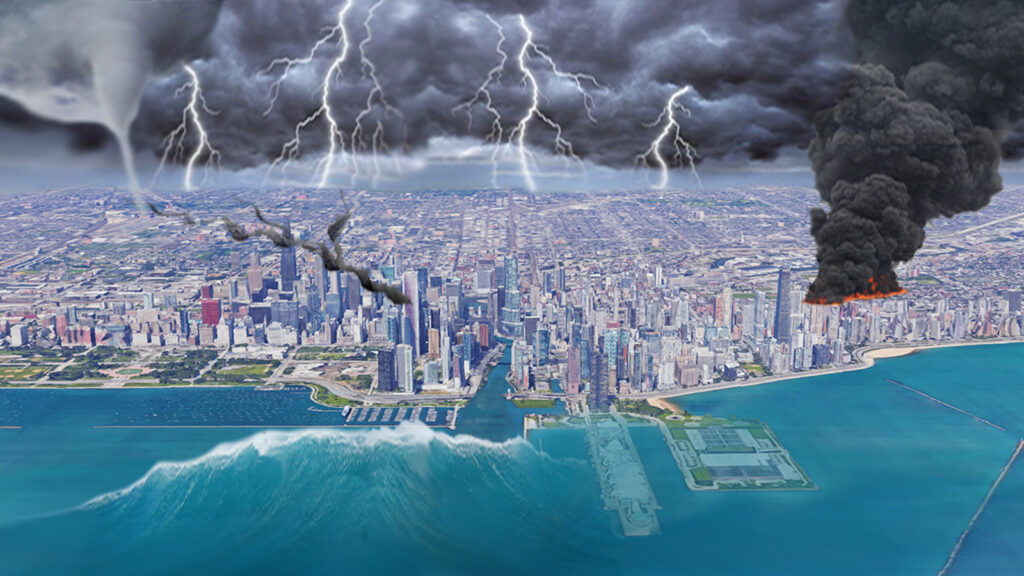
2. Choose the right PV bracket
The wind resistance of photovoltaic power plant is largely determined by the PV mounting. Theoretically, the maximum wind resistance of photovoltaic bracket is 216 km / h. The maximum wind resistance of PV tracking bracket is 150 km / h (greater than 13 typhoon). To resist typhoons, you first need to have very strong PV mounts. Therefore, photovoltaic power plants must strengthen the foundation, bracket, and at the same time to ensure the strength of the component bezel. This requires targeted site design, strict control of product quality, reasonable calculation of wind pressure, snow pressure, etc.. In terms of anti-soak, it is not possible to increase the height of the bracket by considering water resistance alone. Although this can indeed play the role of anti-soaking, but also in terms of cost has increased significantly, and such extreme circumstances are still rare. Therefore, more consideration should be given to setting up corresponding drainage facilities according to local meteorological and hydrological conditions or installing additional temporary drainage facilities when heavy rainfall comes.
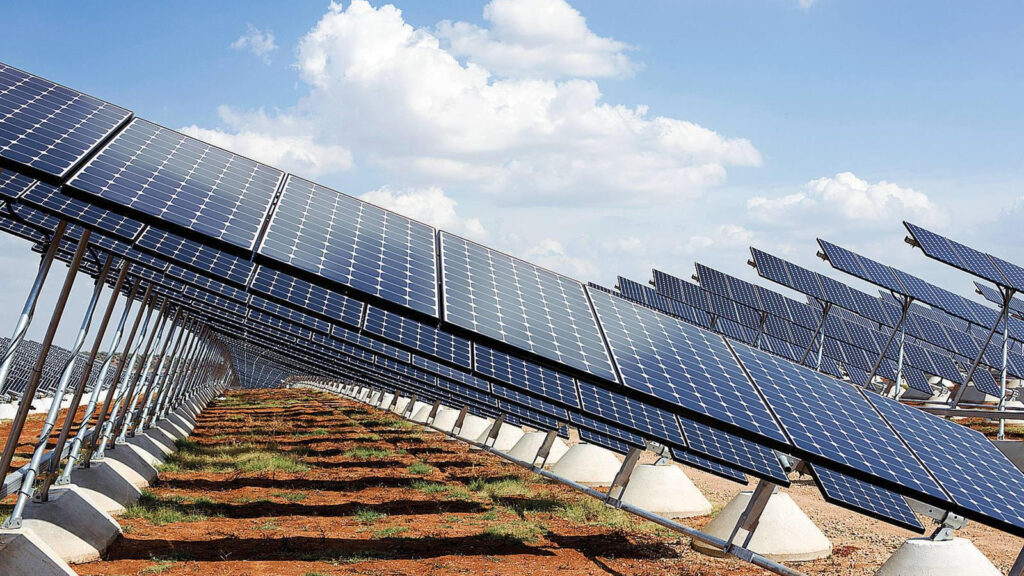
3. Establishing drainage facilities
Due to the heavy and concentrated rainfall in some areas at certain times, it is difficult to avoid heavy rainfall even though some PV power plants are built high and sited very strictly. For example, fishery and photovoltaic plants and floating photovoltaic (FPV) are built on top of water, and the panels will be damaged when the water surface is raised by heavy rainfall. At this point, if the excess rainwater can be drained in time, it will not lead to the immersion of the panels. Therefore, the consideration of drainage conditions is important, and the most effective way to do this now is to scientifically add a drainage system.
For the general sloping roof family distributed photovoltaic power station, due to its own drainage capacity, generally will not appear excessive amount of water, the impact of heavy rainfall can be negligible. But the flat roof of the power station because of the relatively low bracket installation, once encountered with excessive rainfall, the panel may be soaked by rainwater. Therefore, in order to prevent the flat roof from accumulating too much water and forming small ponds, an additional set of drainage system can be set up before the arrival of heavy rain to effectively drain the water.
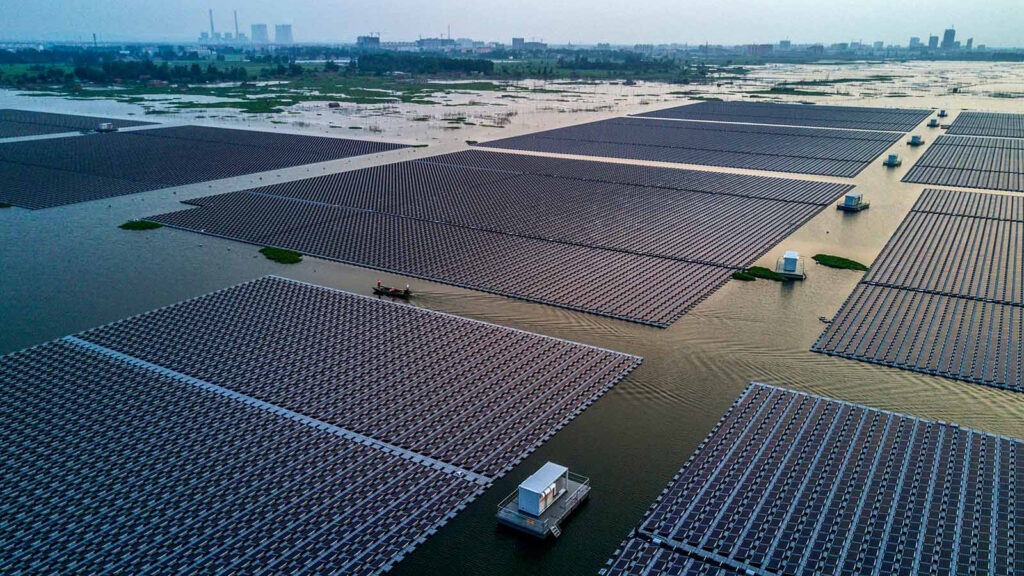
4. How to resist sand and dust intrusion for a long time
Medium and large photovoltaic power plants should simplify the system networking, according to 25 years of system operation maintenance-free design, to achieve efficient operation and maintenance later, using IP65 protection grade inverter, to achieve internal and external environmental isolation, to keep the device in a stable operating environment, from time, space, equipment multi-level, multi-dimensional monitoring, operation and maintenance, management, alarm, from technical means to reduce the temperature, sand, salt spray, etc. The impact of external environment on device life.
At the same time, PV power plants can also use string inverters, fully enclosed natural heat dissipation, which can resist sand and dust attacks for a long time, without affecting the power generation and service life of PV power plants.
About the installation and precautions of inverter, you can read this article of ours.
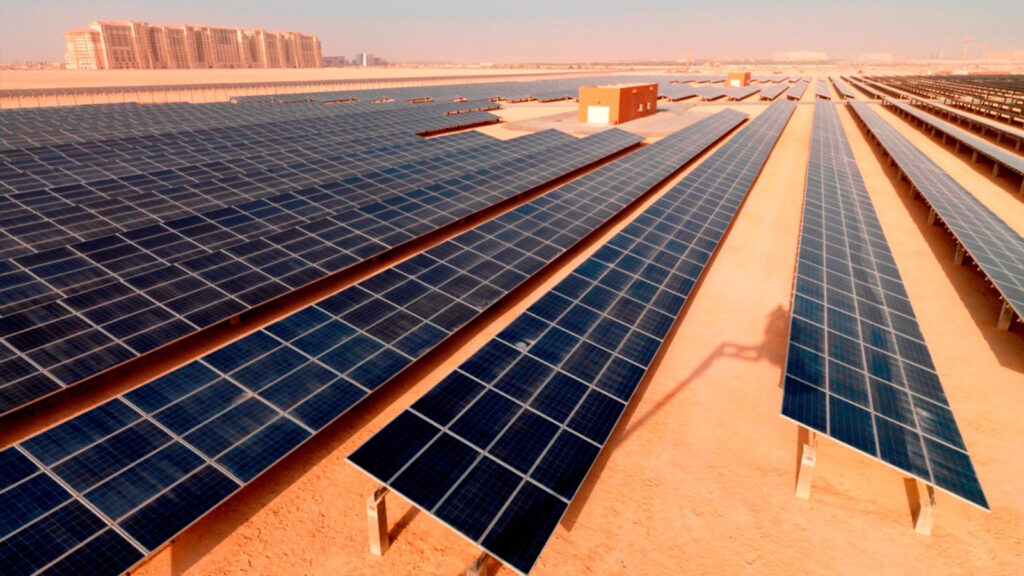
5. Purchase the appropriate insurance.
Now the market for such photovoltaic equipment in the operation of the process of natural disasters or unexpected accidents caused by property damage, there has been a corresponding insurance, in order to minimize the risk of photovoltaic equipment in operation, to effectively protect the sustainability of photovoltaic revenue.
We need to understand the PV insurance coverage mainly contains the following three types of insurance: property insurance, liability insurance, quality insurance. In order to reduce the inevitable losses brought about by natural disasters, the public will generally choose to buy property insurance.
